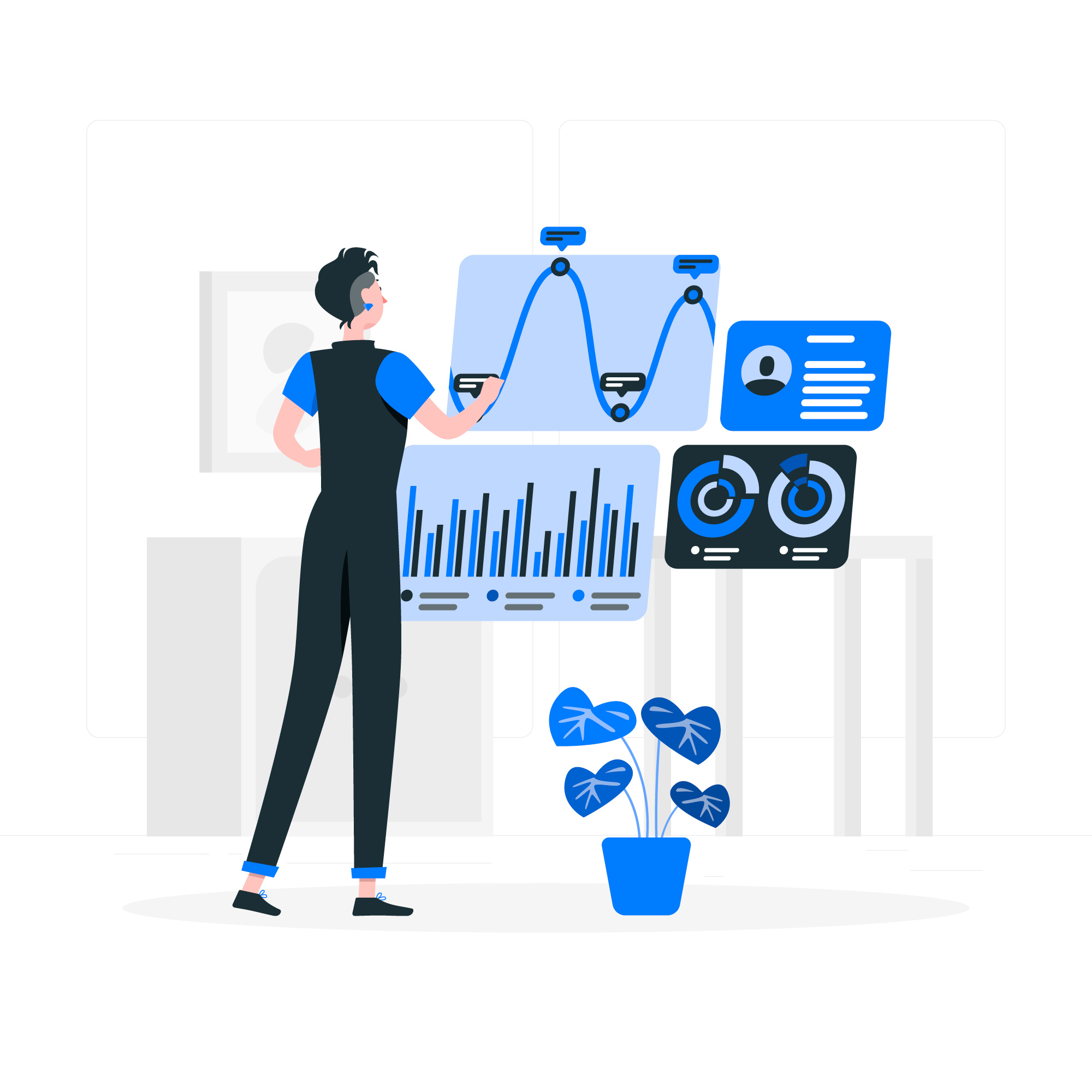Demystifying data ingestion
In the age of big data, organizations are inundated with vast amounts of data from various sources. Effectively harnessing this data requires a robust data ingestion process. In this blog post, we will delve into the world of data ingestion, its significance, challenges, best practices, and the technologies that enable seamless data integration. Whether you’re new to data ingestion or looking to optimize your existing processes, this comprehensive guide will equip you with the knowledge to make informed decisions and unlock the full potential of your data.
What is Data Ingestion?
Data ingestion refers to the process of collecting and importing data from various sources into a centralized storage or data processing system.
It involves capturing, validating, transforming, and loading data for further analysis, storage, or processing.
Significance
Data-driven Decision Making: Data ingestion enables organizations to access and utilize a wide range of data sources for informed decision-making.
Data Quality and Consistency: Effective data ingestion ensures data accuracy, integrity, and consistency across different sources and formats.
Challenges
- Data Variety and Complexity: Organizations deal with diverse data types, including structured, unstructured, and semi-structured data, which adds complexity to the ingestion process.
- Data Volume and Velocity: The exponential growth of data and real-time data streams pose challenges in efficiently handling and processing large volumes of incoming data.
- Data Source Heterogeneity: Data can originate from a variety of sources, such as databases, APIs, log files, sensors, social media, and cloud services, requiring different ingestion techniques.
Best Practices
- Data Governance and Metadata Management: Establish data governance practices to ensure proper documentation, metadata management, and adherence to data quality standards.
- Scalable and Reliable Data Pipelines: Implement scalable data ingestion pipelines that can handle growing data volumes and maintain reliability in processing and delivering data.
- Data Validation and Transformation: Validate and clean incoming data to ensure its quality, consistency, and adherence to predefined data schemas or business rules. Perform necessary data transformations or enrichment during ingestion to prepare data for downstream analysis.
- Real-time and Batch Processing: Combine real-time and batch processing approaches based on data freshness requirements and processing capabilities to support near real-time analytics.
Technologies
- Apache Kafka: Apache Kafka is a distributed streaming platform that allows for real-time data ingestion, storage, and processing at scale.
- Apache NiFi: Apache NiFi is a powerful data integration tool that provides a visual interface for designing and managing data flows, enabling efficient data ingestion and transformation.
- AWS Data Pipeline: AWS Data Pipeline is a cloud-based service that facilitates the orchestration of data-driven workflows, including data ingestion, transformation, and storage on Amazon Web Services (AWS).
- Google Cloud Dataflow: Google Cloud Dataflow is a serverless data processing service that enables scalable and parallel data ingestion and transformation in Google Cloud.
Business Benefits of Effective Data Ingestion
1. Enhanced Decision-Making
Effective enables organizations to access and integrate data from various sources, providing a comprehensive view of the business landscape. This data-driven decision-making approach leads to more informed and strategic choices.
2. Improved Data Quality
Data ingestion processes include validation and cleansing steps, ensuring that incoming data meets predefined quality standards. By improving data quality, organizations can make accurate analyses and derive reliable insights.
3. Real-Time Insights
Data ingestion pipelines that support real-time or near real-time data processing enable organizations to gain timely insights. This empowers them to respond quickly to changing market conditions, customer behavior, and emerging trends.
4. Enhanced Customer Experience
Effective allows organizations to gather and integrate data about customer interactions, preferences, and feedback. This comprehensive view of customer behavior helps improve personalization, targeting, and overall customer experience.
5. Operational Efficiency
Efficient processes automate the collection and integration of data from various sources, reducing manual effort and streamlining operations. This saves time and resources, enabling teams to focus on analysis and decision-making tasks.
6. Data-Driven Innovation
By ingesting and integrating data from diverse sources, organizations can uncover new insights, identify opportunities, and drive innovation. This enables the development of new products, services, and business models based on data-driven intelligence.
7. Regulatory Compliance
Effective data ingestion ensures adherence to regulatory requirements, such as data governance, privacy, and security standards. This helps organizations maintain compliance and mitigate potential risks or penalties.
8. Competitive Advantage
Organizations that excel can gain a competitive edge by leveraging comprehensive, high-quality data. This enables them to make better predictions, optimize operations, and stay ahead in the market.
9. Scalability and Flexibility
Robust data ingestion processes allow organizations to scale their data handling capabilities as data volumes grow. It also provides the flexibility to adapt to new data sources and formats as business needs evolve.
10. Improved Collaboration and Data Sharing
Effective data ingestion facilitates data sharing across departments, teams, or even with external partners. This encourages collaboration, fosters cross-functional insights, and enables data-driven decision-making throughout the organization.
Conclusion:
Its a critical step in unlocking the value of data, enabling organizations to make informed decisions and drive innovation. By understanding the significance of data ingestion, addressing its challenges through best practices, and leveraging technologies for seamless data integration, organizations can optimize their data ingestion processes and lay a solid foundation for data-driven success.
To learn more, click here


 share
share share
share